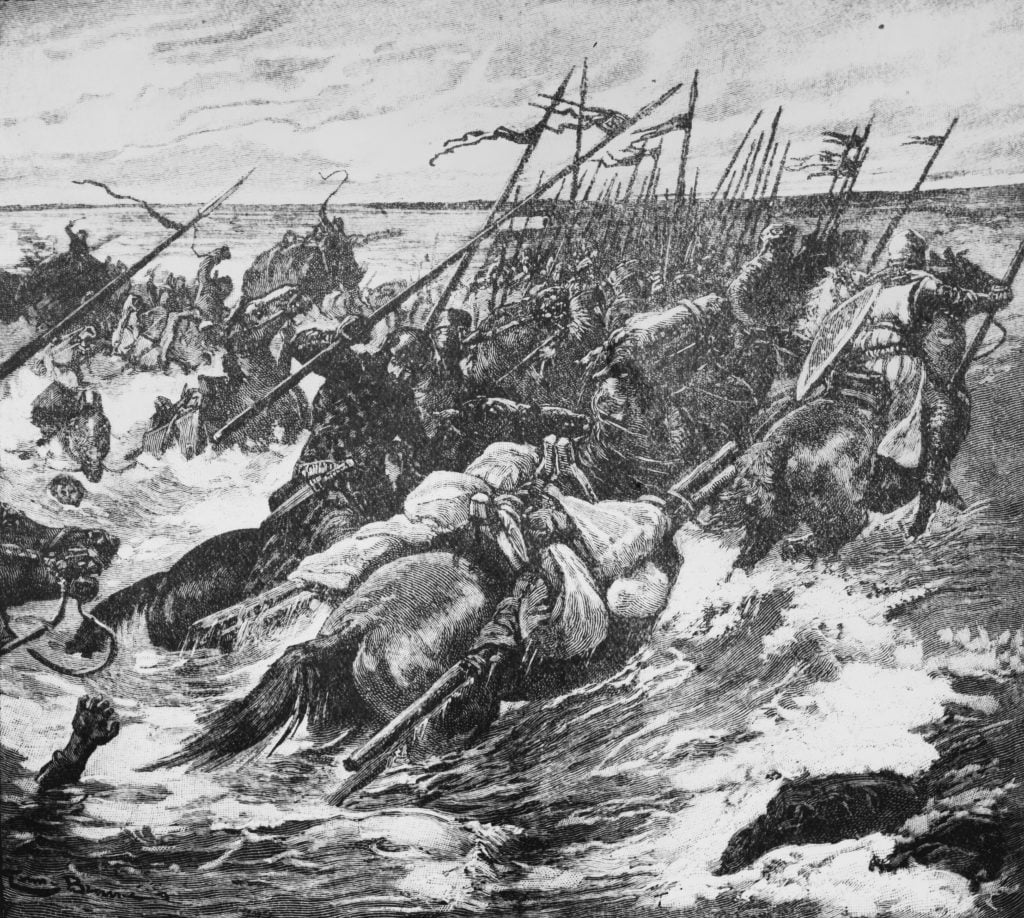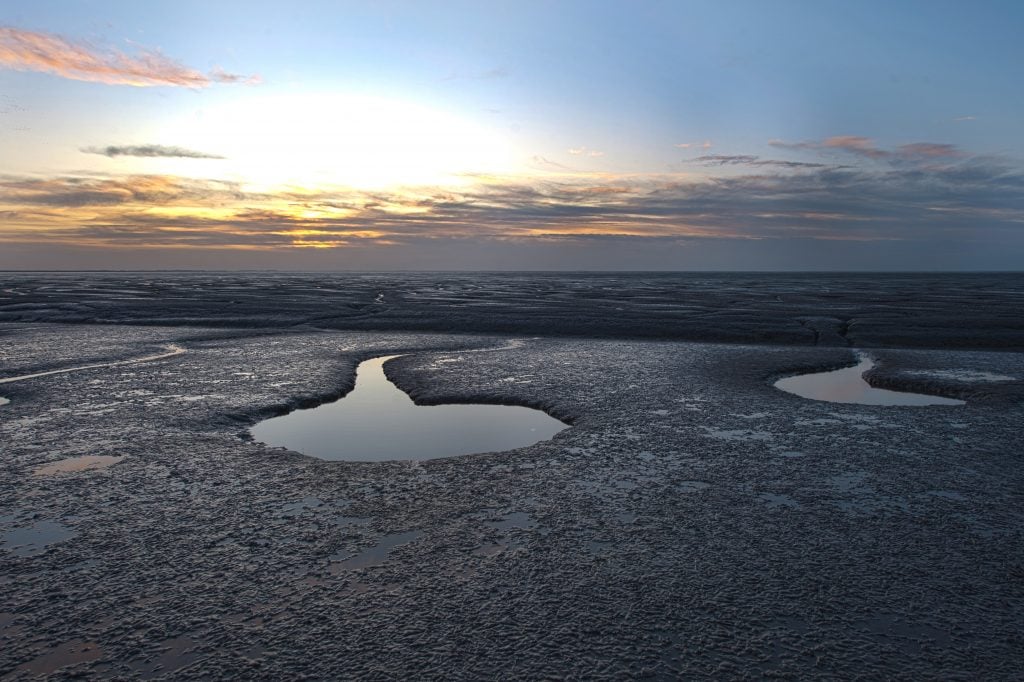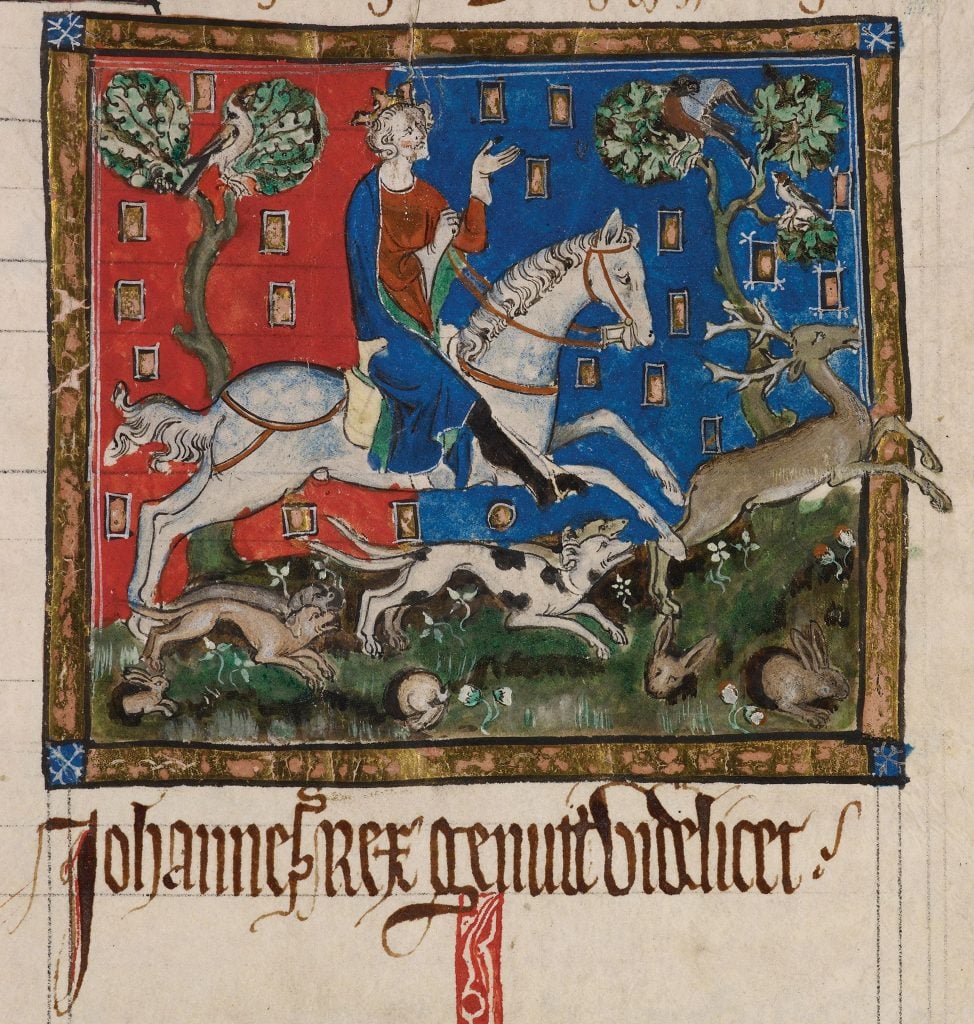A roaring tide dragged away Bad King John’s army, money, and treasures, including the crown jewels of England. The search for the long-lost jewels has tantalized treasure seekers for centuries. History remembers King John as one of England’s most disastrous monarchs. His reputation and reign were so dismal that no king has taken on the regnal name John since. “Bad King John”, so nicknamed for his greed and his unusually cruel treatment of prisoners, has been immortalized in folklore as the villain in the tale of Robin Hood.
In the wake of a hostile uprising by his own nobles in 1215, King John was compelled to sign the Magna Carta, the first legal document to strip a monarch of absolute power by making him and his government subject to the law. Though intended as a peace treaty, the Magna Carta failed to quell the violence. In 1216, fleeing the encroaching armies while suffering from dysentery, King John crossed the Wash, a treacherous, marshy estuary on the east coast of England.

Unknown artist, John, 1935. From Kings & Queens of England—A Series of 50. John Player & Sons, London. Photo by The Print Collector/Getty Images.
One chronicler, Roger of Wendover, claimed that during the king’s crossing a sudden whirlpool sprung from the muck and a roaring tide dragged horses, wagons, and treasure coffers underwater. His army, money, and the crown jewels of England, were washed away.
Professor Donald Olson, an astronomer from Texas State University announced an explanation for the unfortunate event. In contemporary times, as the tide rises in the Wash Estuary on most days, the water flows as fast as a racing human. On days closer to new and full moons, the water can outrun a galloping horse. By Olson’s calculation, on that fateful October day in 1216, the sun and moon’s alignment magnified their impact on tides, triggering a phenomenon called a “perigean spring tide.” This phenomenon, which happens only once every 13 months, spawned a “tidal bore,” a massive wave responsible for drowning King John’s convoy.

The baggage train of King John of England encounters difficulties crossing a tidal estuary at the Wash, Norfolk, during the First Barons’ War, 1216. Photo by Hulton Archive/Getty Images
Over 800 years later, the trove of treasures remains lost, yet treasure seekers continue their search undeterred, employing both scientific and supernatural means. In 2015, laser technology was used to draw maps illustrating the changes in the topography of the Wash over the years, allowing experts to envision the estuary as it was at the time of King John’s crossing.
A British barrister once hired a dowser, a traditional diviner who uses a forked stick, to pinpoint the treasure. “Metal Detector Man” is the silver-face-painted alter ego of a metal detectorist who in 2017 relied on the wisdom of a tarot card reader to aid him in his obsessive search for the jewels. In 2020, another detectorist, Raymond Kosschuk, claimed to have found the location of the treasure using equipment he had invented that detects the magnetic field of particular metals, such as gold and silver. He began excavations in 2022, determined to uncover the missing jewels.

The Wash Snettisham Norfolk at low tide winter. Photo by: David Tipling/Universal Images Group via Getty Images.
Historians, archaeologists, and layfolk have allegedly mortgaged and lost their homes in search of the hoard of treasure, yet exactly what it contains is unclear. Roger of Wendover detailed the loss as calamitous. Other historians claim only a couple of wagons were swept away, which may have included the Sword of Tristan, a broken-tipped knight’s blade used as regalia at coronations. Circumstantial evidence indicates that at least one great crown, belonging to the King’s grandmother Empress Maud, was among the convoy’s inventory. Regardless, never before or since has anything so valuable been left in the Wash. Time will tell if any might retrieve it.
The Hunt explores art and ancient relics that are—alas!—lost to time. From the Ark of the Covenant to Cleopatra’s tomb, these legendary treasures have long captured the imaginations of historians and archaeologists, even if they remain buried under layers of sand, stone, and history.
Follow Artnet News on Facebook:
References: this article is based on content originally published by on Artnet. You can read the full article here.






